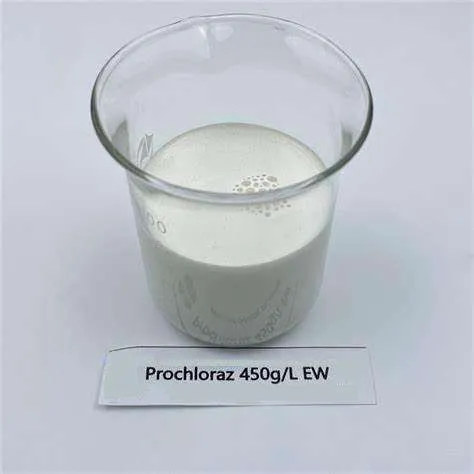


granular imidacloprid
Understanding Granular Imidacloprid An Effective Pest Control Solution
Pest management has always been a critical aspect of agriculture and gardening, with various methods available to combat harmful insects that threaten crop yields and plant health. Among the many chemical solutions available, Imidacloprid has emerged as a widely used insecticide, particularly in its granular formulation. This article will delve into the properties, applications, benefits, and safety considerations of granular imidacloprid.
What is Imidacloprid?
Imidacloprid is a systemic insecticide belonging to the neonicotinoid class. It works by interfering with the transmission of nervous impulses in insects, leading to paralysis and death. Unlike many traditional insecticides that affect the insect's outer surfaces, systemic insecticides like imidacloprid are taken up by the plant and can affect pests that feed on it. This property makes it highly effective for controlling a variety of pests, including aphids, whiteflies, and termites.
Granular Formulation
Granular imidacloprid is a formulation that allows for easy application in various settings. It comes in the form of tiny granules, which can be spread over the soil or directly applied to the plant. This form of application not only makes it convenient for farmers and gardeners but also allows for a slow release of the active ingredient. As it dissolves in moisture, it can be taken up by the plant roots and transported throughout its tissues. This ensures that insects that feed on the plant are exposed to the insecticide, providing a more comprehensive and long-lasting control solution.
Applications
Granular imidacloprid is often used in agricultural settings, particularly in the cultivation of crops like cotton, potatoes, and ornamental plants. It is also effective in controlling pests in residential lawns and gardens. The application process typically involves spreading the granules on the soil surface or near the plant's root zone before watering. This helps to activate the granules, allowing the imidacloprid to enter the soil and be absorbed by the plant.
Moreover, the use of granular formulations allows for targeted pest control. As the product works primarily through soil uptake, it minimizes the risk of non-target organism exposure. This makes it a preferred choice for integrated pest management (IPM) practices, where reducing the impact on beneficial insects is crucial.
Benefits of Granular Imidacloprid
granular imidacloprid

2. Long-lasting effects Due to its systemic nature and slow-release characteristics, it can provide prolonged pest control, often lasting for several weeks to months, depending on environmental conditions.
3. Ease of use The granular form is user-friendly, making it accessible for both professional and amateur gardeners alike.
4. Environmental Safety When applied correctly, granular imidacloprid poses minimal risks to non-target organisms, including beneficial insects, birds, and aquatic life.
Safety Considerations
While granular imidacloprid is relatively safe when used as directed, it is essential to follow label instructions carefully. Users should wear appropriate protective gear to avoid skin and eye contact, and it should be kept away from water sources to prevent contamination.
The use of neonicotinoids has raised concerns regarding their potential impact on pollinators, particularly bees. Therefore, it is critical to apply granular imidacloprid at the right time and in responsible manners, such as avoiding application during flowering periods when pollinators are active.
Conclusion
Granular imidacloprid stands out as a highly effective solution for managing various pest challenges in both agricultural and residential environments. Its ease of use, long-lasting effects, and targeted action make it a vital tool for pest control. However, it is essential to use it responsibly, following safety guidelines to protect beneficial organisms and ensure environmental health. As the world continues to face challenges posed by insect pests, granular imidacloprid will remain a key player in sustainable pest management practices.
-
Uncover the Benefits of Sodium ChlorateNewsJun.24,2025
-
Sodium for Sale: Your Essential ResourceNewsJun.24,2025
-
Raw Materials in Chemical IndustryNewsJun.24,2025
-
Potassium Hydroxide: Versatile Solutions for Your NeedsNewsJun.24,2025
-
Organic Pesticides and Chemical Raw Materials: Building a Sustainable FutureNewsJun.24,2025
-
Discover Premium Chlorine Tablets TodayNewsJun.24,2025
-
Zinc for Sale: Your Essential ResourceNewsJun.04,2025


















